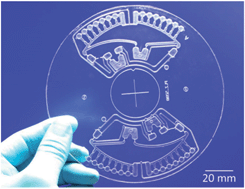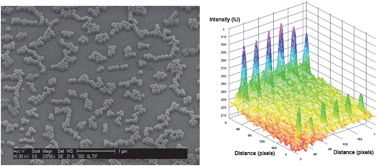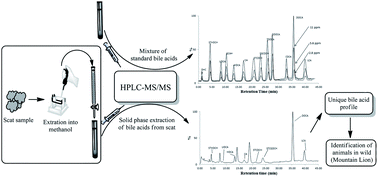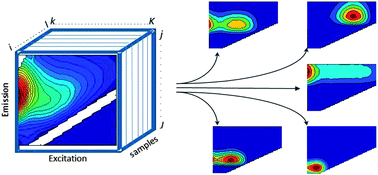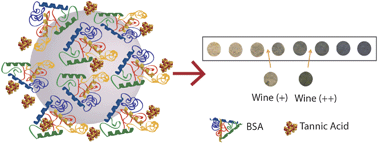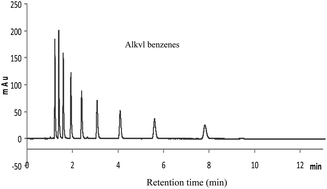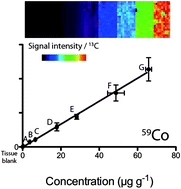To ensure high crop yield, the addition of pesticides to crops may seem like a necessary evil. However, most applied chemicals have adverse side-effects to our health. Consequently, simple, effective, and accurate methods of pesticide detection is critical for safe food consumption. Unfortunately, most direct methods of pesticide detection that do not require sample preparation can only provide qualitative results. Furthermore, methods that are capable of quantitative analysis require complicated, time-consuming procedures of sample preparation prior to analysis. Anastasia Albert from the University of Muenster, Carsten Engelhard from the University of Siegen and other colleagues from Germany have evaluated ambient desorption/ionization high-resolution mass spectrometry (ADI-HR-MS) for quantitative pesticide detection in fruit, and have devised a streamlined procedure for effective analysis. Find out more about their discovery by accessing the link below:
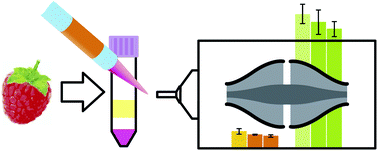
ADI-HR Mass Spectrometry for Pesticide Detection in Fruit
Anastasia Albert, Andrea Kramer, Simon Scheeren and Carsten Engelhard
DOI: 10.1039/C4AY00103F
Leave a comment to share your thoughts with us!











